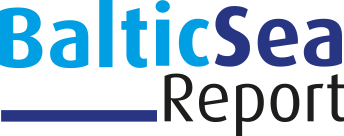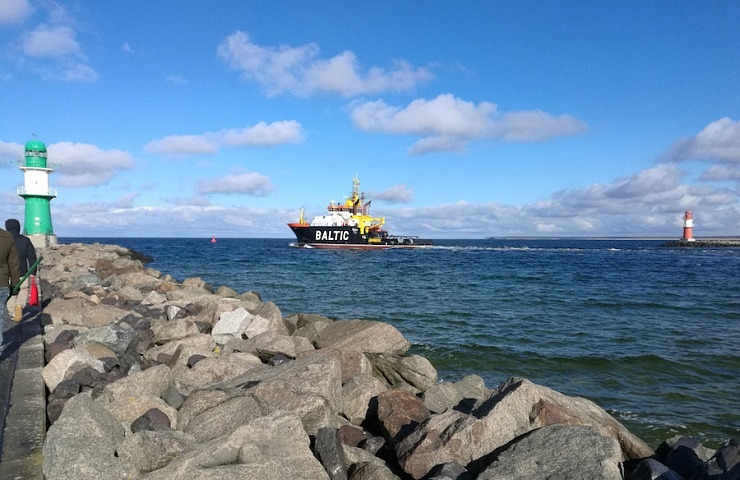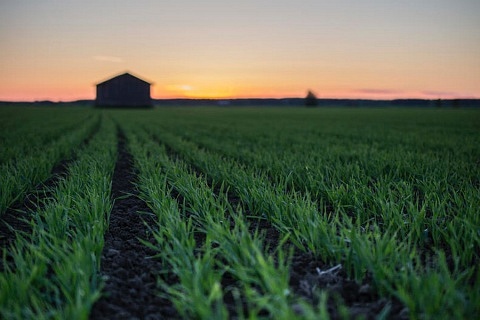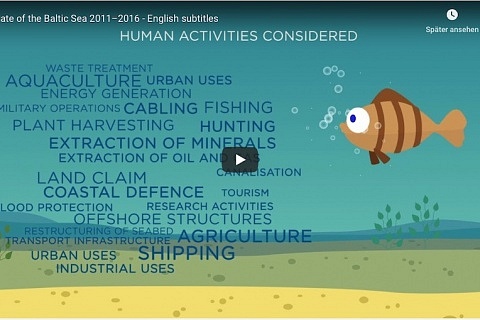The EU-funded CWPharma project has started to study active pharmaceutical ingredients in six river basins in order to get a better picture of the input pathways, emissions and environmental concentrations of pharmaceuticals in the Baltic Sea region.
“We have already collected samples from six river basins and several wastewater treatment plants in Estonia, Finland, Germany, Latvia, Poland and Sweden. The aim of the screening is to estimate the total amount of pharmaceuticals entering the Baltic Sea region,” says project manager Noora Perkola from the Finnish Environmental Institute. “We are currently analysing the samples in our laboratories in Helsinki for around 80 active pharmaceutical ingredients. For the first time such a comprehensive and systematic screening of different samples from different countries will be carried out. This makes the results truly comparable and can be used for a solid estimation of emissions and potential hotspots.”
The sampling of different rivers and estuaries from river basins in Germany has already been carried out by the Kompetenzzentrum Wasser Berlin. The focus was on the Tollense before and after the discharge point of the Neubrandenburg sewage treatment plant, the Peene estuary, the Warnow in the city of Rostock and the Warnow estuary at the lighthouse in Warnemünde. In order to record seasonal concentration fluctuations in surface waters, samples were taken in summer and winter. In addition, soil samples were taken from agricultural areas near the coastal town of Rerik on which sewage sludge is discharged. In addition, the DWA North-East Regional Association, in cooperation with the operator of the Rostock sewage treatment plant, organised a sampling of the sewage treatment plant inflow and the sewage sludge. The samples are currently being analysed. Results are not yet available.
More information about medicines and the environment is needed!
While pharmaceuticals are useful and sometimes life-saving for people and pets, they can be harmful to the environment. Helcom’s background report on pharmaceutical concentrations and effects in the Baltic Sea (2016) already pointed to many gaps in knowledge regarding the Baltic Sea region.
The CWPharma project aims to close these knowledge gaps by examining emissions from the pharmaceutical industry, hospitals, landfills, fish and poultry farms and municipal wastewater treatment plants, among other things. “The aim of the sampling in Germany was to assess the relevance of wastewater treatment plant emissions for the quality of the Baltic Sea,” says Dr. Ulf Miehe, head of research at the Berlin Centre of Competence for Water.
It is already known that drugs for human consumption can be found in wastewater from wastewater treatment plants and that certain widely used drugs such as codeine have also been found in fish in the Baltic Sea. However, in many areas very little is known about the amount of drugs released into the environment, and even less is known about the effects of these substances on the environment.
The veterinary use of medicines is an even greater problem. That is why we also take samples from waters near fish and poultry farms and from fields fertilised with manure or slurry.
How can emissions be reduced?
In addition to screening pharmaceuticals, CWPharma will evaluate various measures to reduce emissions, such as publishing environmental data on pharmaceutical products and granting environmental permits to pharmaceutical companies. “Some of these measures are highly technical, such as advanced waste water treatment methods, while others are low-tech processes that can still do a lot, including take-back and disposal programmes for unused medicines,” says Noora Perkola.
Best practice, as already practised in partner countries, will be shared to promote the sustainable use of medicines in the Baltic Sea region. To this end, the project will develop guidelines for advanced wastewater treatment and recommendations for low-tech procedures to control and reduce emissions, as well as a comprehensive action plan for the most effective measures to reduce emissions.

 Deutsch
Deutsch




Leave a Reply